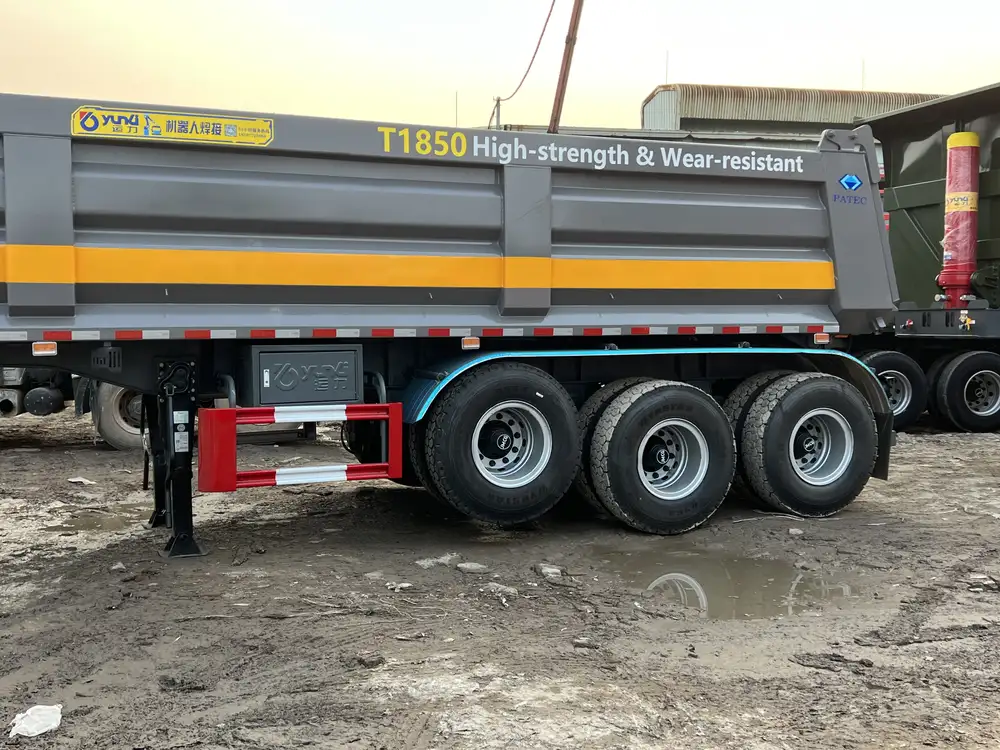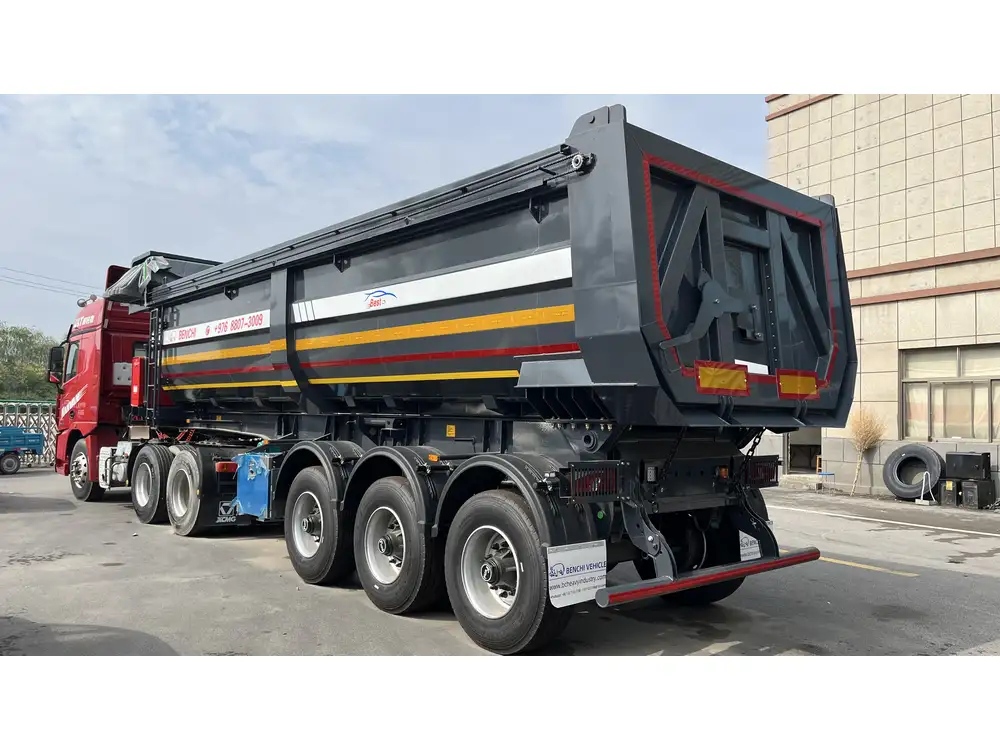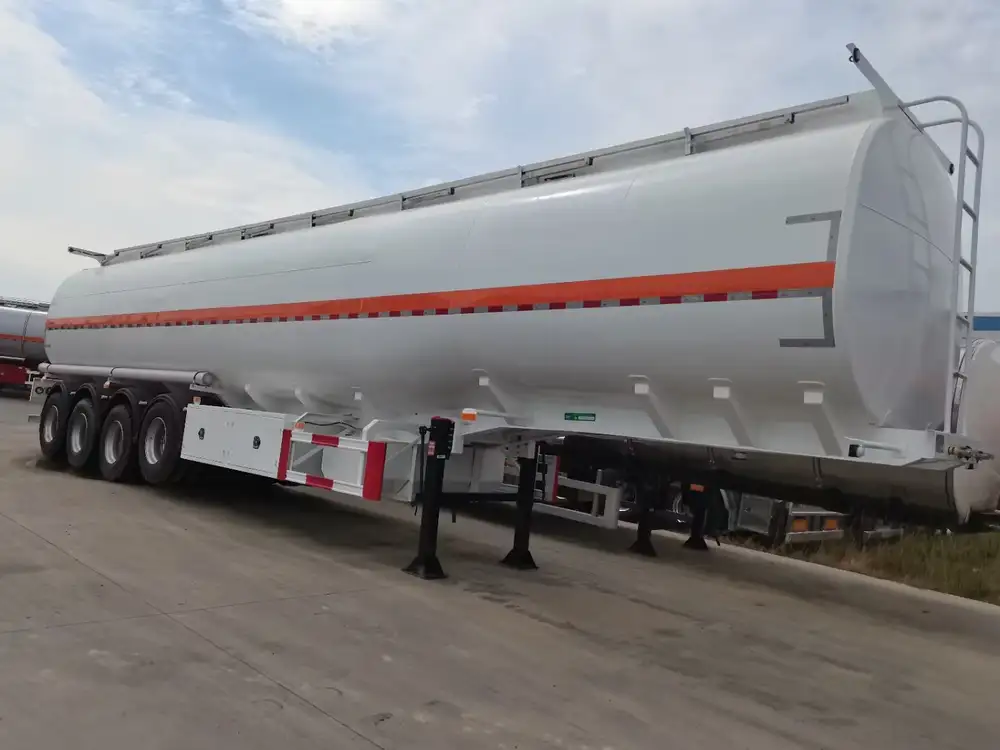When it comes to the Zforce 800 Trail, enthusiasts and potential buyers are often intrigued by various specifications, among which gas tank size crucially stands out. A well-informed decision about the fuel capacity can save you time, enhance your riding experience, and ensure that your adventures are as enjoyable and worry-free as possible. This article delves into the specifics of the gas tank size of the Zforce 800 Trail and addresses both common and nuanced concerns surrounding this critical component.
Overview of the Zforce 800 Trail
The Zforce 800 Trail is engineered for both recreational and practical uses, making it a popular choice among off-road adventurers. This side-by-side vehicle is not just designed for fun but also targets utility, appealing to farmers, ranchers, and those needing robust off-road capabilities. The right fuel capacity is essential for optimizing the performance of this utility vehicle, particularly in off-road conditions where fuel efficiency can significantly influence range and accessibility.
Key Specifications of the Zforce 800 Trail
| Specification | Details |
|---|---|
| Model | Zforce 800 Trail |
| Engine Type | V-twin engine |
| Horsepower | Approximately 62 HP |
| Fuel Capacity | Approximately 14 gallons |
| Transmission | CVT (Continuous Variable Transmission) |
| Weight | 1,400 lbs |
| Seating Capacity | Up to 2 passengers |

What Does the Gas Tank Size Mean for Users?
Understanding the 14-gallon gas tank capacity unlocks various practical implications for users, driving their choice and influencing riding habits. Here are some critical takeaways regarding the Zforce 800 Trail’s fuel tank size:
Range and Efficiency
With a fuel tank capacity of around 14 gallons, the Zforce 800 Trail offers a respectable range. Calculating your vehicle’s range involves knowing both its fuel efficiency and tank size. The vehicle typically averages between 10 to 20 miles per gallon, depending on load and terrain. Here’s a simple breakdown:
- Best-case scenario (20 MPG):
- Range = 14 gallons × 20 MPG = 280 miles
- Worst-case scenario (10 MPG):
- Range = 14 gallons × 10 MPG = 140 miles
Knowing this range allows users to strategize their trips, ensuring fuel stops are planned effectively, especially in remote areas.
Fuel Types: Gasoline Choices
The Zforce 800 Trail operates efficiently on standard unleaded gasoline. However, the quality of gasoline used can affect performance. Here’s a quick overview of fuel types suitable for the Zforce 800 Trail:
Regular Unleaded:
- Provides sufficient energy for most exploratory rides. Ideal for recreational use.
Premium Unleaded:
- Offers higher octane levels which could improve engine performance in rigorous conditions. Beneficial for high-stress activities or when towing.

What Happens When You’re Low on Fuel?
Running low on fuel can lead to operational inefficiencies and unwanted downtime. The Zforce 800 Trail features a fuel gauge; however, relying solely on it can be misleading on rugged terrains. Here’s what users should consider:
- Performance Decline: Low fuel can lead to poor engine performance, especially if the tank isn’t full enough to draw from the fuel pipes correctly.
- Service Disruptions: Being stranded due to fuel depletion can be a frustrating experience, particularly in remote locations.
User Considerations for the Gas Tank Size
Understanding the implications of the Zforce 800 Trail’s gas tank size goes beyond simply knowing the figures. Users frequently have queries that can refine their understanding and decision-making processes.
Common Questions Addressed

How Much Fuel Should Be in the Tank Before Riding?
It’s advisable for users to maintain at least one-quarter of a tank to ensure optimal fuel flow and accessibility to engine power. For a 14-gallon tank, this equates to roughly 3.5 gallons.
Can the Vehicle Accommodate an Extended Range Fuel Tank?
While the Zforce 800 Trail’s gas tank is already sizeable, aftermarket modifications can enhance range. Users should consult with professional mechanics or reputable aftermarket suppliers to explore expansion options while considering weight distribution and other dynamics.
What Is the Impact of Load on Fuel Efficiency?
Heavy loads can significantly affect how the vehicle performs and its fuel efficiency. For example:
- Light Load: 10 – 20 MPG
- Moderate Load: 10 – 15 MPG
- Heavy Load: 8 – 12 MPG

Tips for Maximizing Fuel Efficiency
Beyond understanding tank capacity, users must also consider driving techniques that can optimize fuel efficiency. Here are several strategies:
- Keep Up with Maintenance: Regular check-ups can prevent engine problems that hinder fuel efficiency.
- Moderate Your Speed: Higher speeds generally lead to lower fuel economy.
- Reduce Weight: Removing unnecessary equipment can help in improving fuel efficiency.
- Smooth Driving: Rapid acceleration and sudden stops can deplete fuel reserves quicker.
Conclusion
The Zforce 800 Trail is undeniably a robust side-by-side option for those who cherish the allure of off-road adventures. Understanding the gas tank size, which is approximately 14 gallons, is paramount for optimizing your riding experience. Fuel capacity not only ensures that you have adequate power for your excursions but also sets the stage for strategic planning concerning fuel stops and riding methods.
Embracing this knowledge offers users a tactical advantage that enhances enjoyment while using the Zforce 800 Trail. Whether you’re traversing rocky terrains, cruising on scenic trails, or utilizing it for heavy lifting on your farm, being well-informed can make all the difference. As you plan your next adventure, keep these insights in mind to ensure a successful and exhilarating ride.



